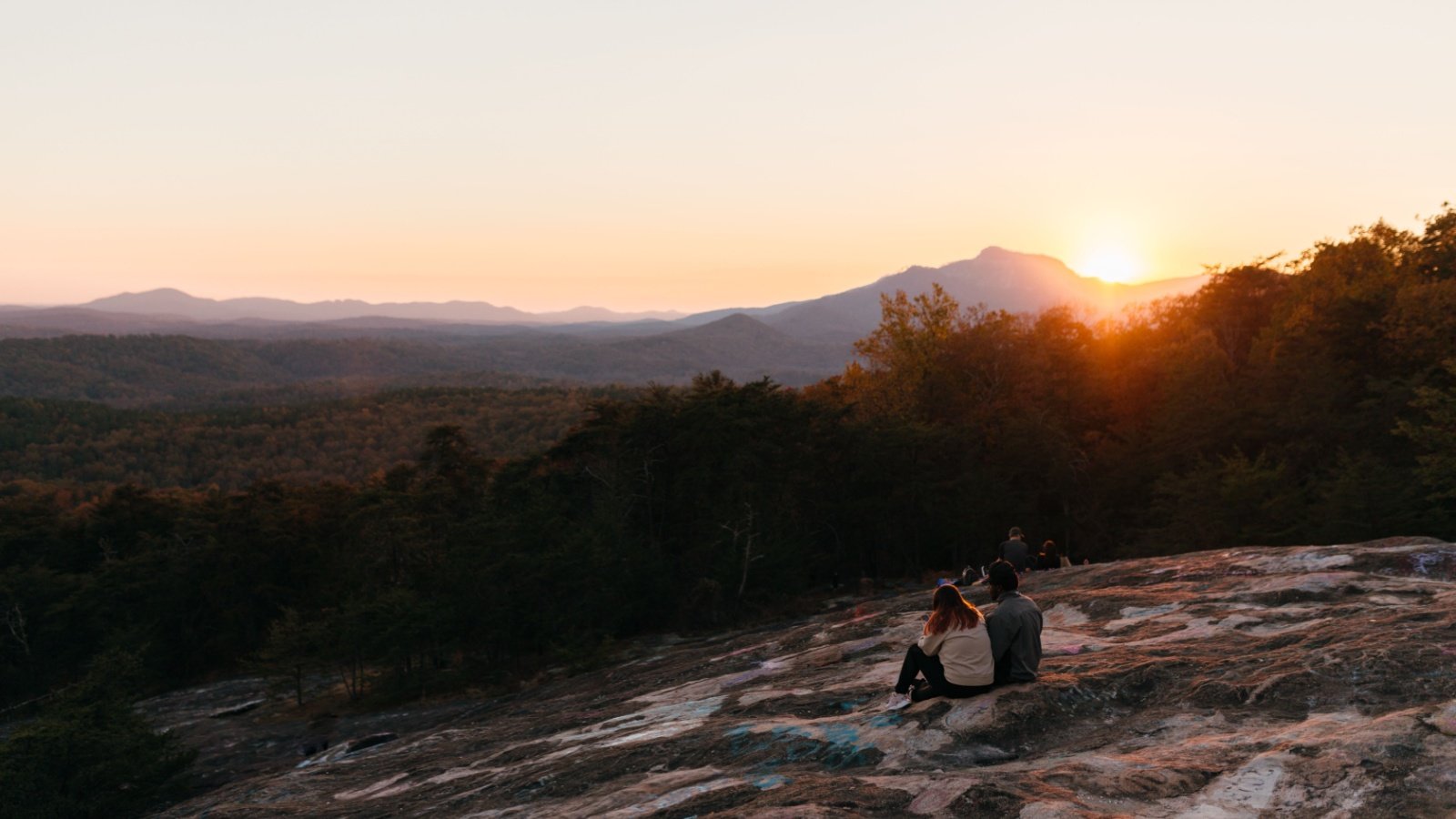In times of national crisis, knowing where to seek refuge can be as valuable as gold. The United States boasts an array of locations uniquely suited for safety during such emergencies, from remote wilderness areas to super-secure government facilities.
Each site on this list has been chosen for its strategic advantages and ability to withstand extreme conditions. Explore these top-tier sanctuaries to understand how geography, technology, and planning converge to provide safe havens.
Adirondack Park, New York
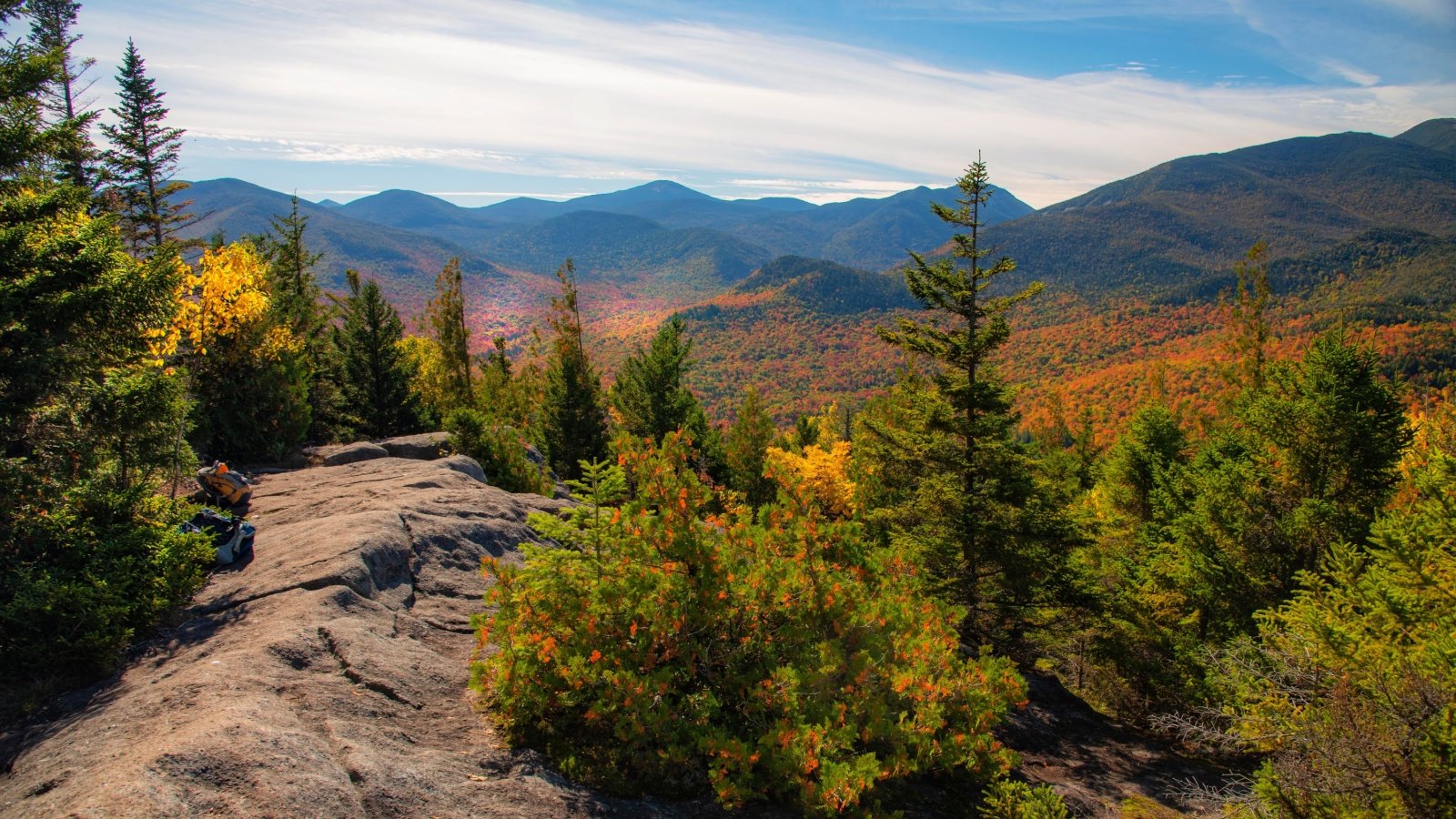
Covering about six million acres, Adirondack Park is the largest publicly protected area in the contiguous United States. Its vast wilderness offers isolation and natural resources, which could be crucial in a survival scenario. The park’s size and remote location make it an ideal spot to avoid major disruptions.
Denali National Park, Alaska

Alaska’s natural ruggedness provides a remote refuge far from typical targets in continental emergencies. Denali encompasses six million acres of wild land, home to North America’s highest peak. This park offers extreme seclusion and the resources needed for long-term survival in the wilderness.
Greenbrier Resort, West Virginia
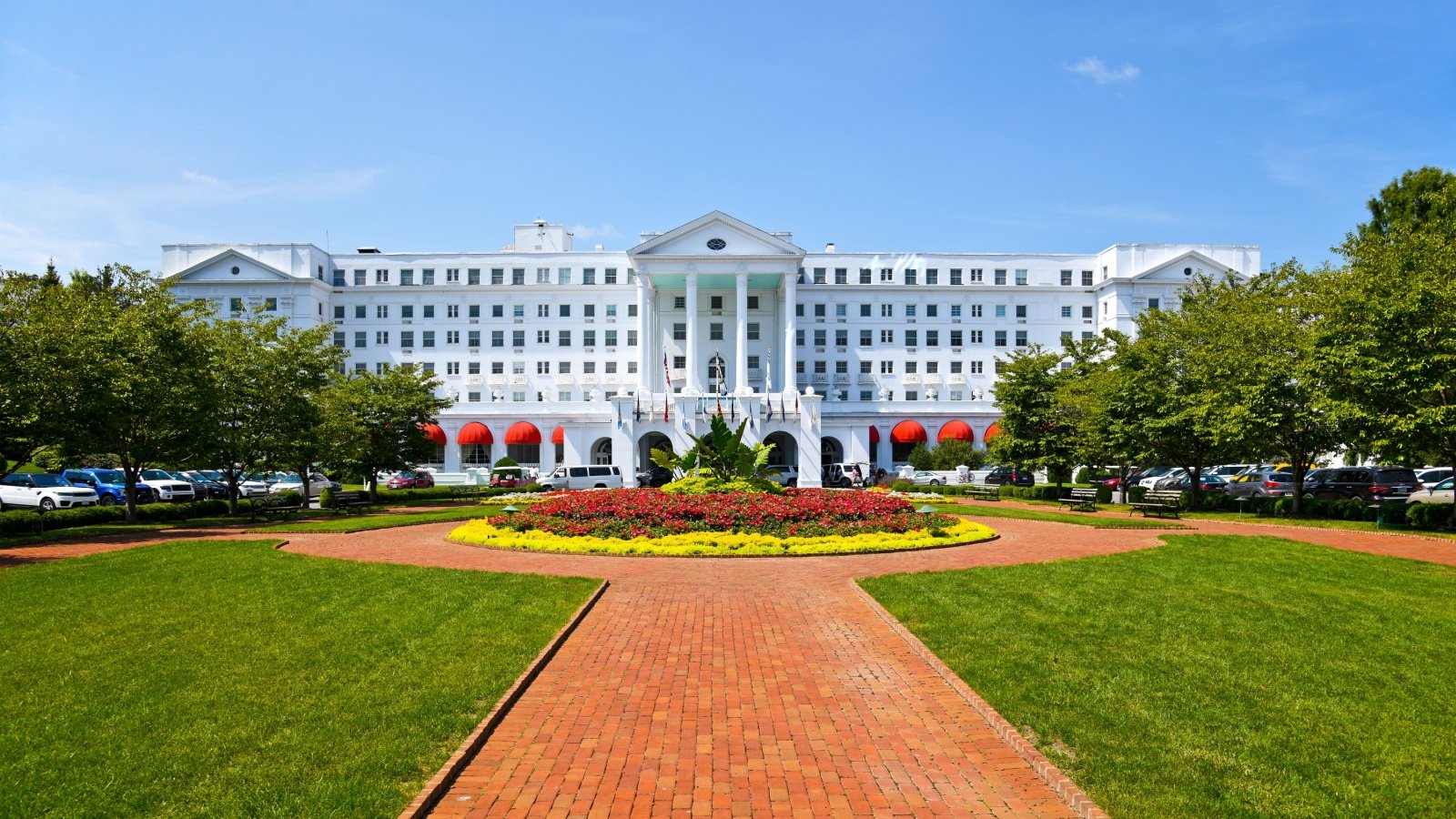
Beneath this luxurious resort lies a massive bunker designed during the Cold War to house Congress in the event of a nuclear war. The bunker, decommissioned in 1992, is now a museum but symbolizes the lengths to which the U.S. has prepared for emergencies. The resort’s location and infrastructure still offer a strong fallback position.
The Pentagon, Virginia

As the headquarters of the U.S. Department of Defense, The Pentagon is one of the most protected buildings in the world. Its unique pentagonal design is not just architectural but also strategic, minimizing potential damage from attacks. Despite being a target, its reinforced structure and emergency preparedness are unrivaled.
Maui, Hawaii
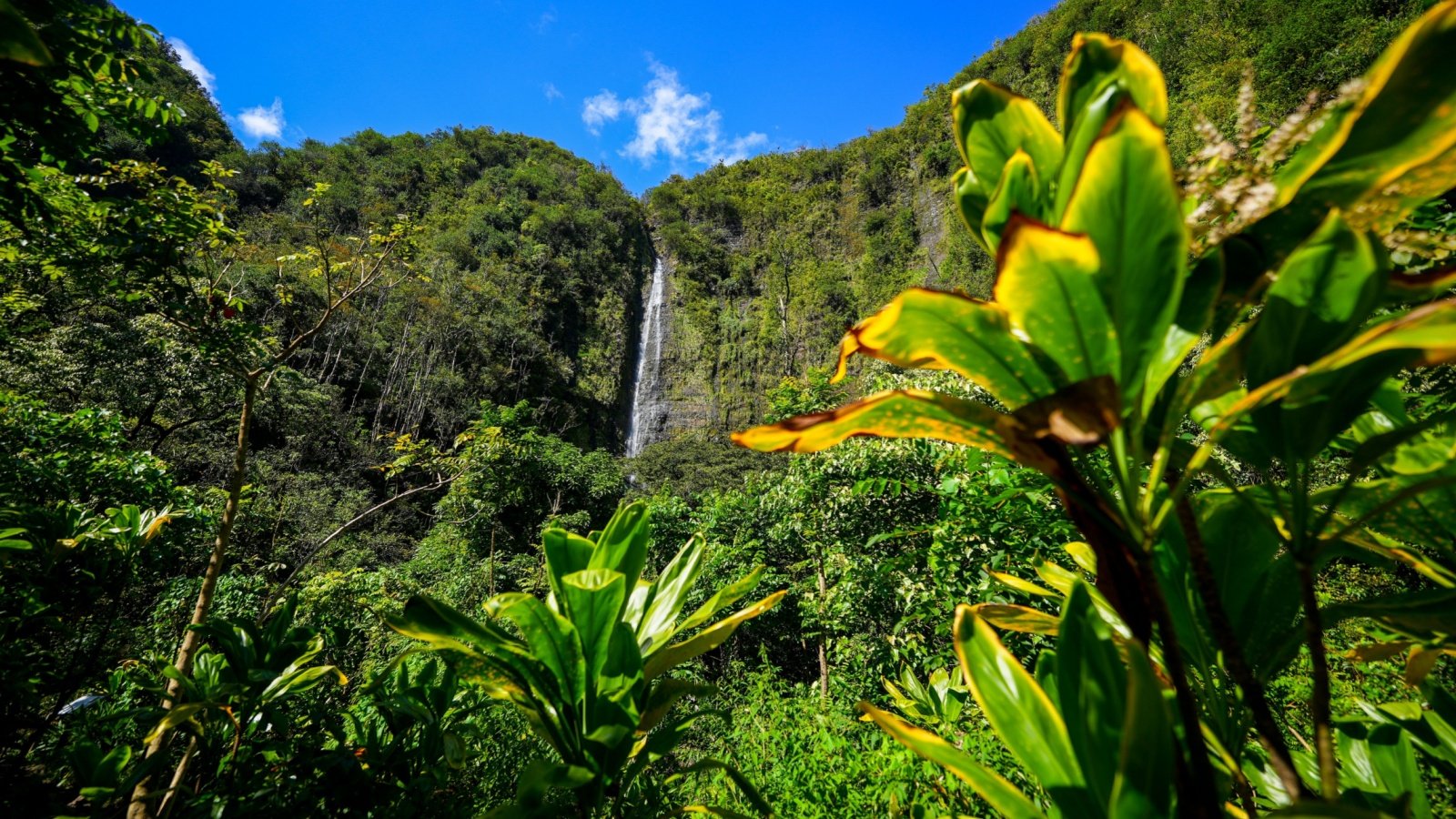
The island’s isolation in the Pacific Ocean acts as a natural deterrent to many threats. Maui’s local infrastructure is designed to be self-sustaining, with an emphasis on renewable energy sources. Its communities are well-versed in handling natural disasters, making it a resilient place during emergencies.
Yellowstone National Park, Wyoming
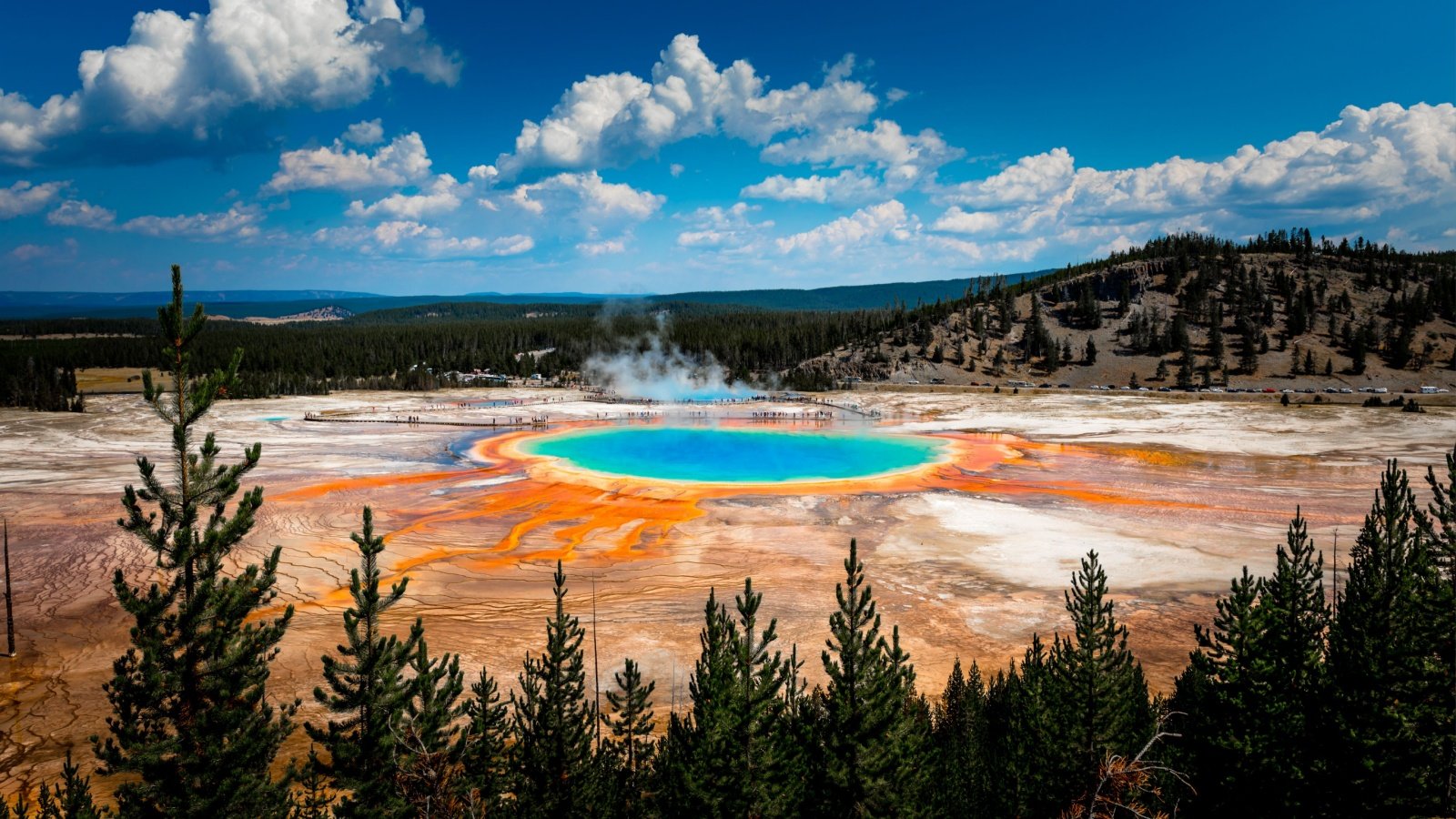
Yellowstone’s vast expanse offers not only breathtaking landscapes but also geothermal resources that could prove vital. The park’s natural geysers and hot springs provide renewable energy sources and heat. Its large area and difficult terrain provide a buffer from external threats.
Area 51, Nevada
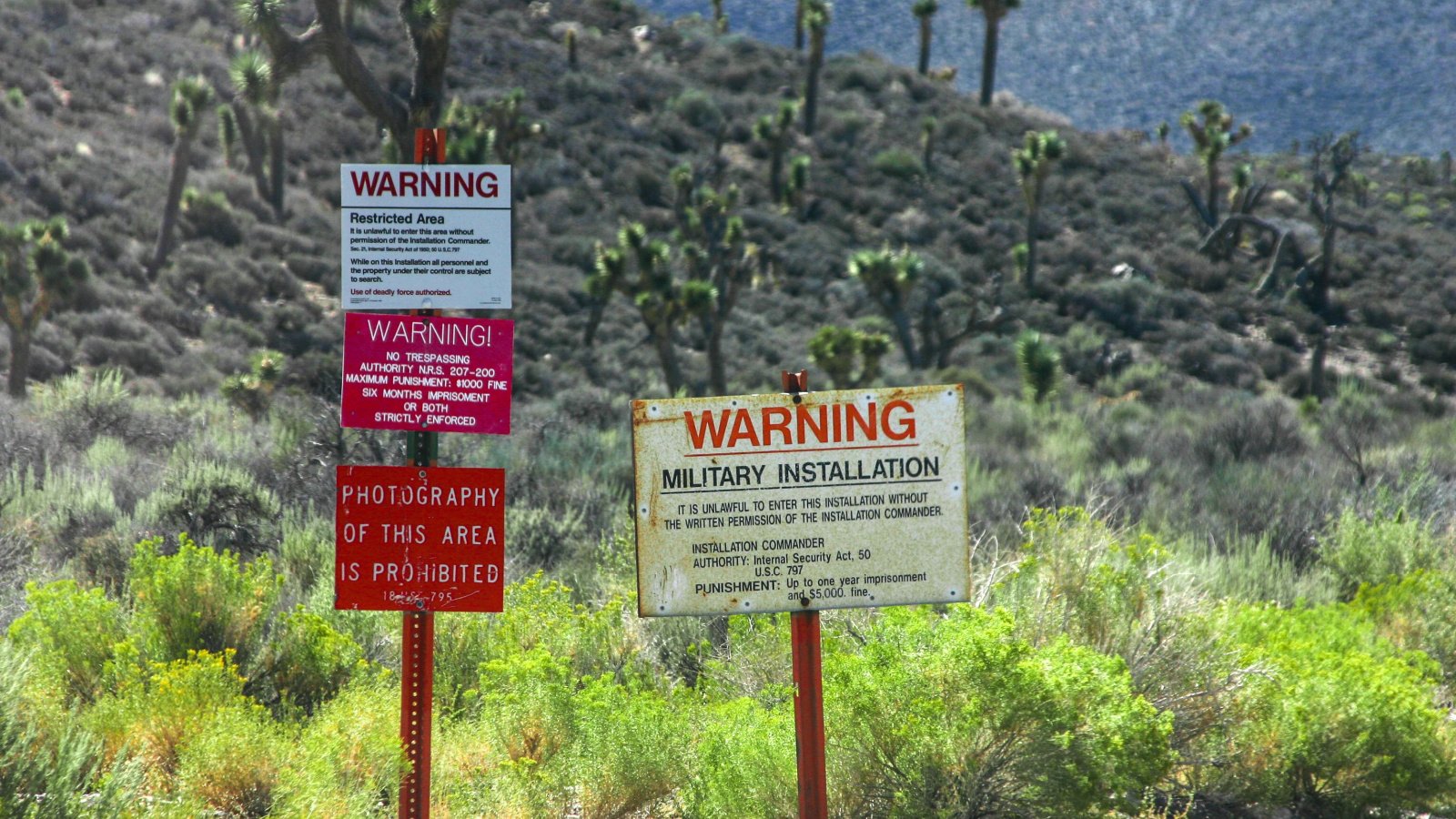
Famous for its secrecy and rumored extraterrestrial connections, Area 51 is one of the most secure facilities in the U.S. Its remote location in the Nevada desert ensures that it is naturally insulated from major population centers. The airbase’s advanced security protocols could provide safety in case of severe national threats.
Big Bend National Park, Texas
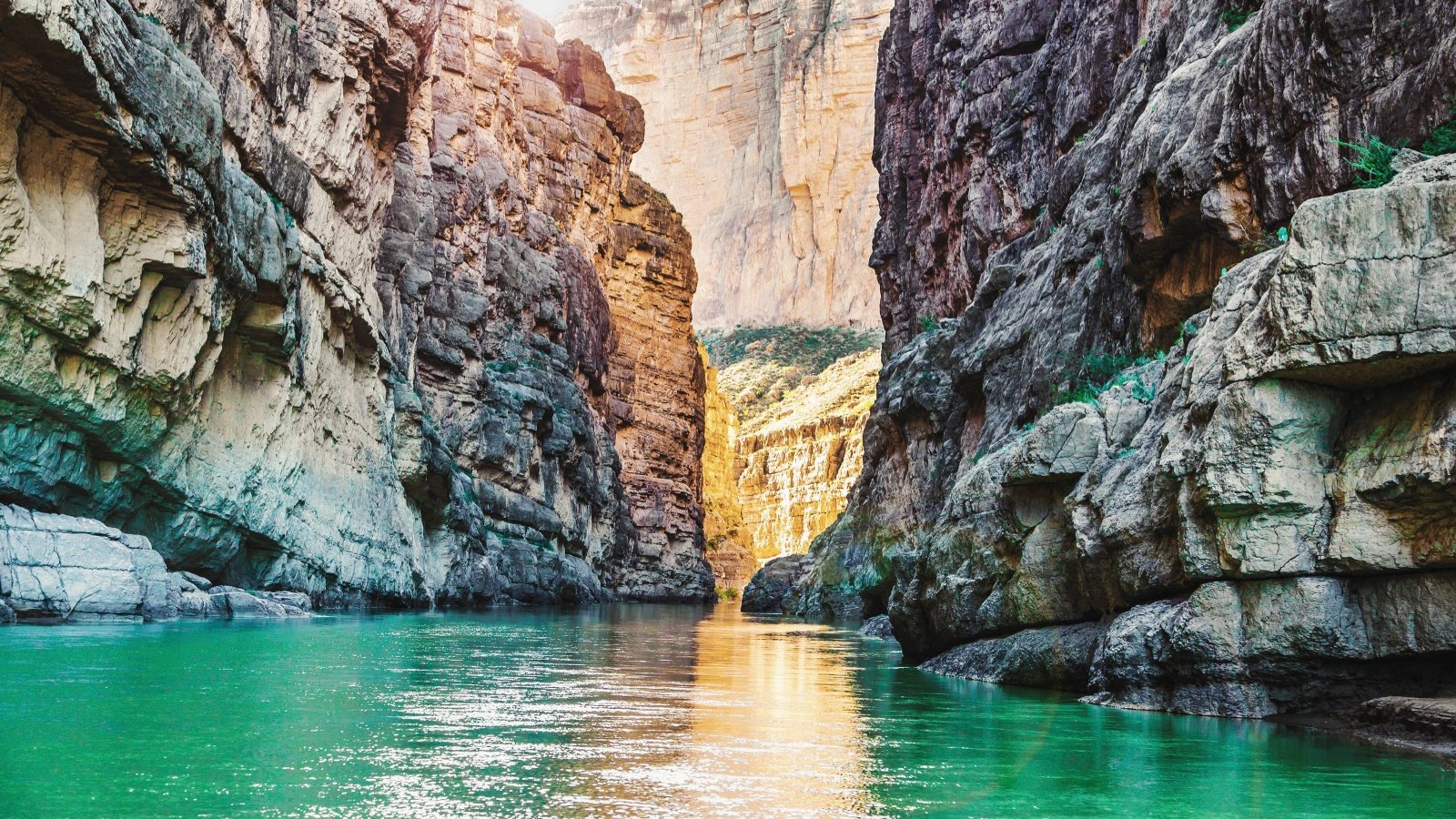
This remote park in Texas offers harsh but beautiful landscapes that are difficult to traverse and, therefore, less likely to be crowded. Its vast areas provide ample space for isolation. Big Bend’s rugged terrain is ideal for evading major disruptions during emergencies.
Glacier National Park, Montana
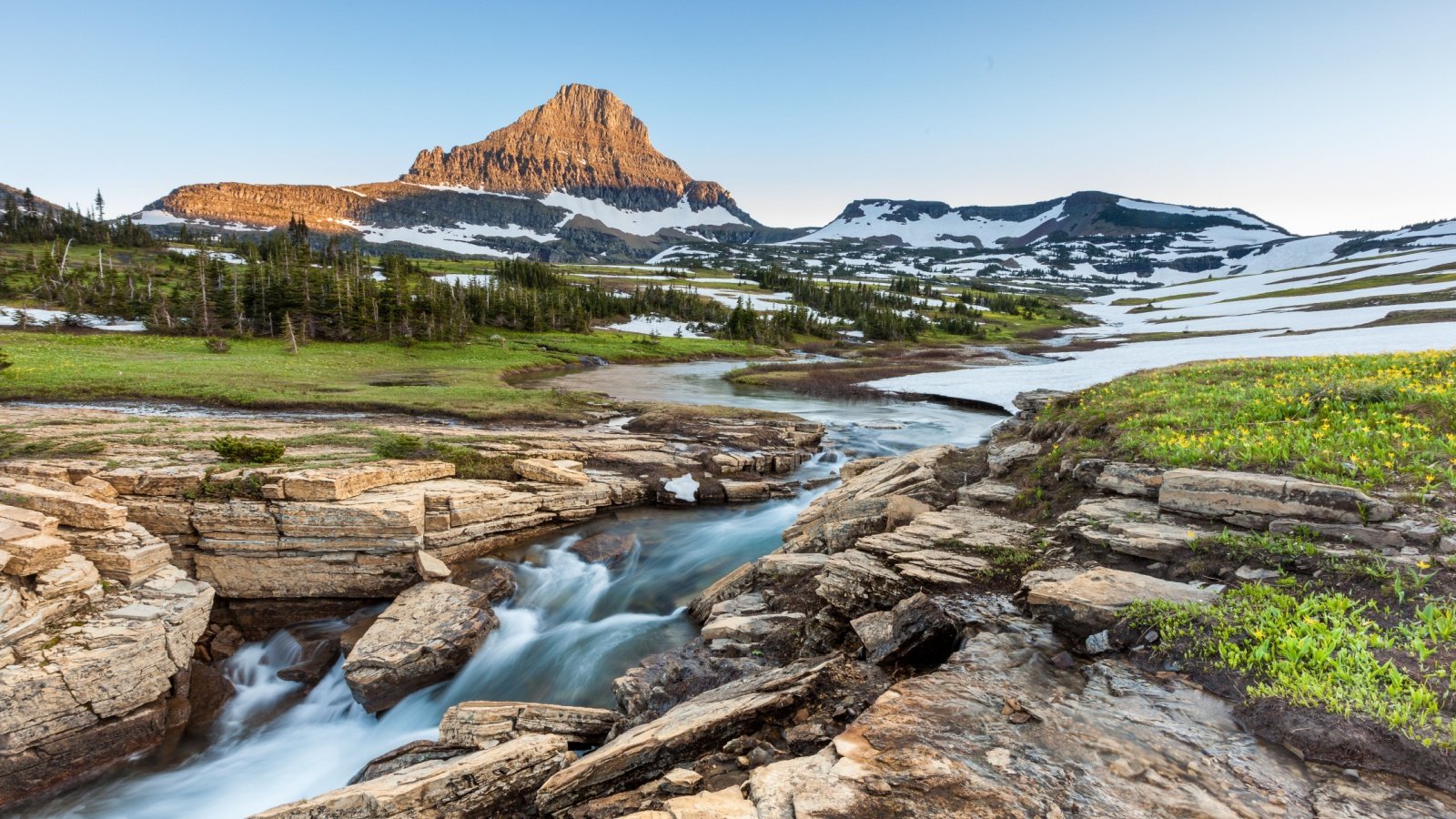
With over a million acres of forest, alpine meadows, and lakes, Glacier National Park is a remote and rugged wilderness. The park’s minimal human alteration preserves its pristine condition, which is ideal for long-term survival. Its natural barriers effectively keep out large populations and threats.
Nebraska Sandhills

This region features one of the largest dune formations in the Western Hemisphere, offering unique geographical isolation. The Sandhills are sparsely populated, making them a quiet refuge during widespread disturbances. Their ecosystem supports a robust range of wildlife, providing necessary resources for survival.
Fort Knox, Kentucky

Famed for its impenetrable vaults, Fort Knox is synonymous with secure storage. The military base surrounding the gold depository is just as fortified, making it a strategic shelter. The presence of the U.S. Army and the fortress-like security provide assurance in uncertain times.
Iron Mountain, Pennsylvania

This underground facility stores some of the most valuable artifacts and documents in the world. Its security measures are extraordinary, including natural limestone battlements. The site’s ability to withstand natural and man-made disasters makes it a reliable sanctuary.
Kodiak Island, Alaska
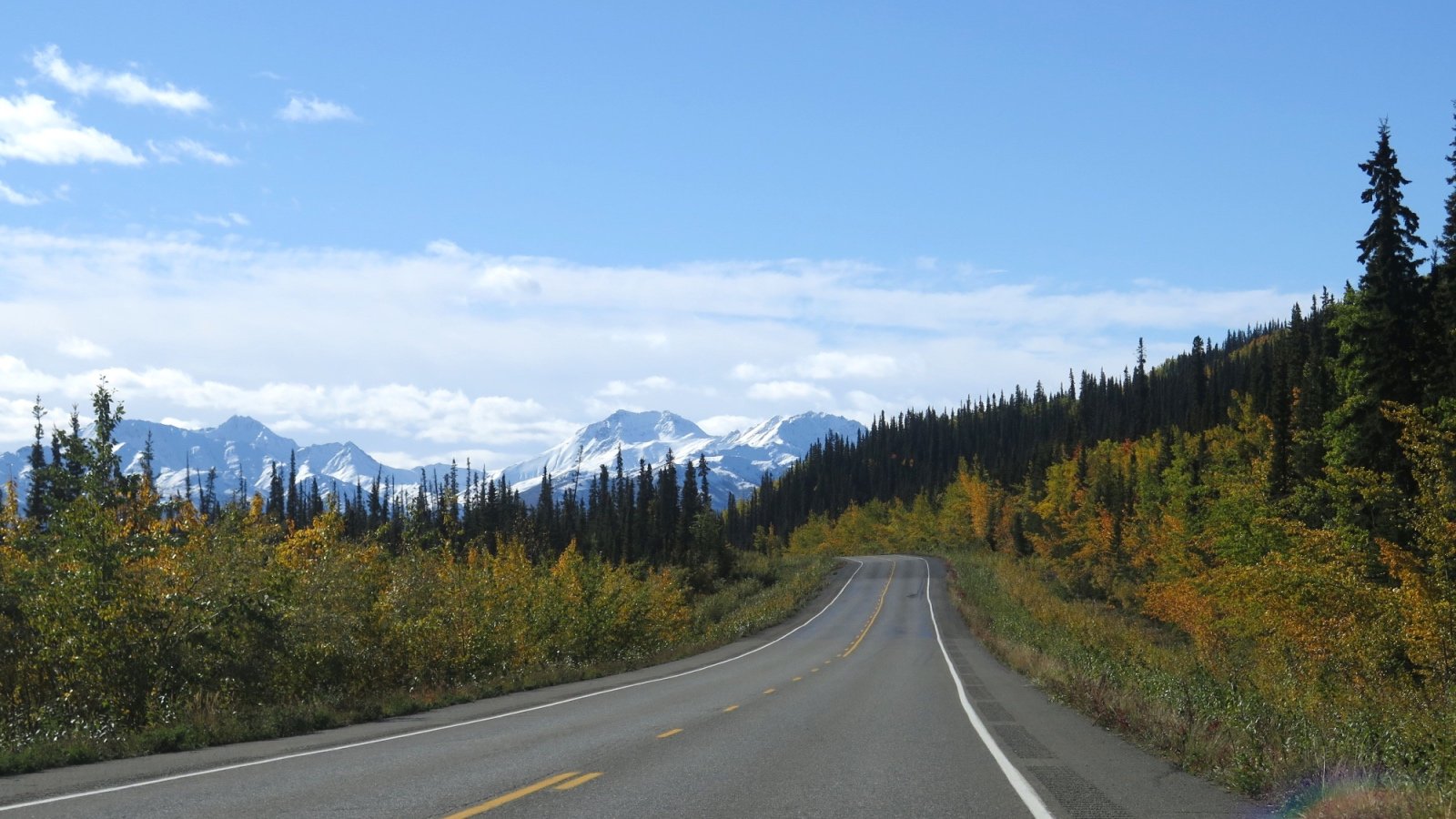
Kodiak’s isolation is complemented by its strong military presence due to the Coast Guard base. The island’s natural resources, particularly seafood, ensure sustenance. Its small population and strategic location make it less likely to be affected by continental crises.
Camp David, Maryland

Known primarily as a presidential retreat, Camp David also functions as a military base equipped to handle national emergencies. This site has hosted numerous high-level negotiations and international meetings, emphasizing its importance and security. Its discreet yet secure location makes it a strategic holdout during national crises.
San Juan Islands, Washington

Located in the northwestern corner of the United States, these islands offer a strategic retreat with minimal access points. The community is small and largely self-reliant, thriving on local agriculture and fishing. Their geographical separation from the mainland serves as a protective barrier.
Boundary Waters Canoe Area Wilderness, Minnesota

With over one million acres of pristine waterways and forests, this area offers a perfect escape into nature. It’s an ideal location for self-sufficiency, thanks to abundant fish and wildlife. The remoteness and difficulty of access serve as natural barriers to crowds.
Pine Gap, Australia

Operated jointly by Australia and the United States, Pine Gap is pivotal in global satellite surveillance and intelligence. Its isolation in the Australian Outback provides strategic advantages and significant protection. The facility’s cutting-edge technology and remote location make it a critical asset during global emergencies.
Mount Weather Emergency Operations Center, Virginia
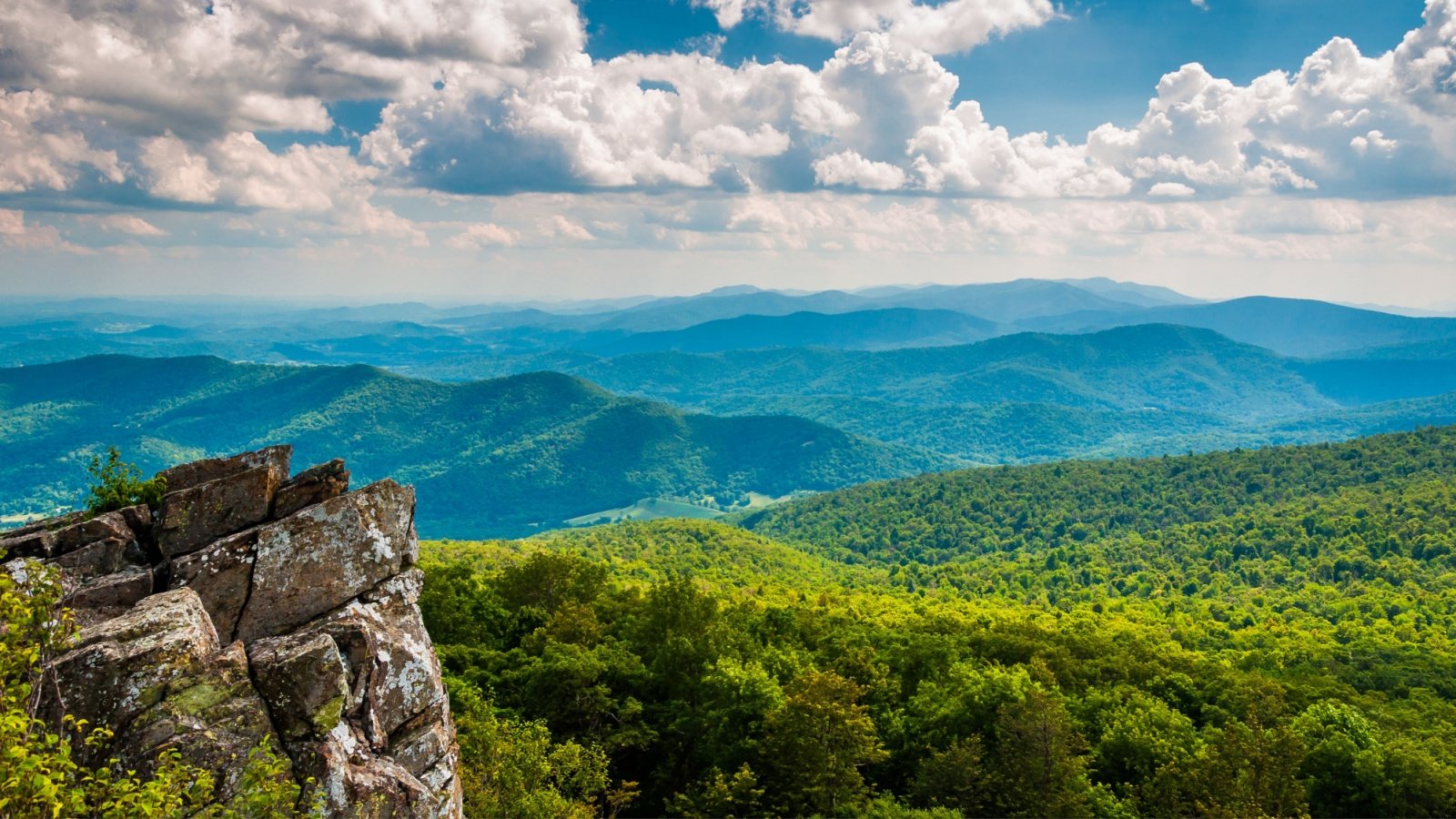
Nestled in the Blue Ridge Mountains, Mount Weather is more than just scenic—it’s a major relocation site for the highest level of civilian and military officials in a crisis.
This facility, often shrouded in secrecy, operates as a FEMA center with extensive underground bunkers. If you’re nearby during a national emergency, its presence might offer a semblance of reassurance amidst the chaos.
Cheyenne Mountain Complex, Colorado

Once the hub for NORAD’s missile warning system, Cheyenne Mountain is virtually impervious to attacks, thanks to being buried under 2,000 feet of granite. It’s equipped to sustain 800 people for weeks with its own power and water supplies. The complex stands as a testament to Cold War engineering and a potential safe haven during extreme threats.
Pueblo Chemical Depot, Colorado
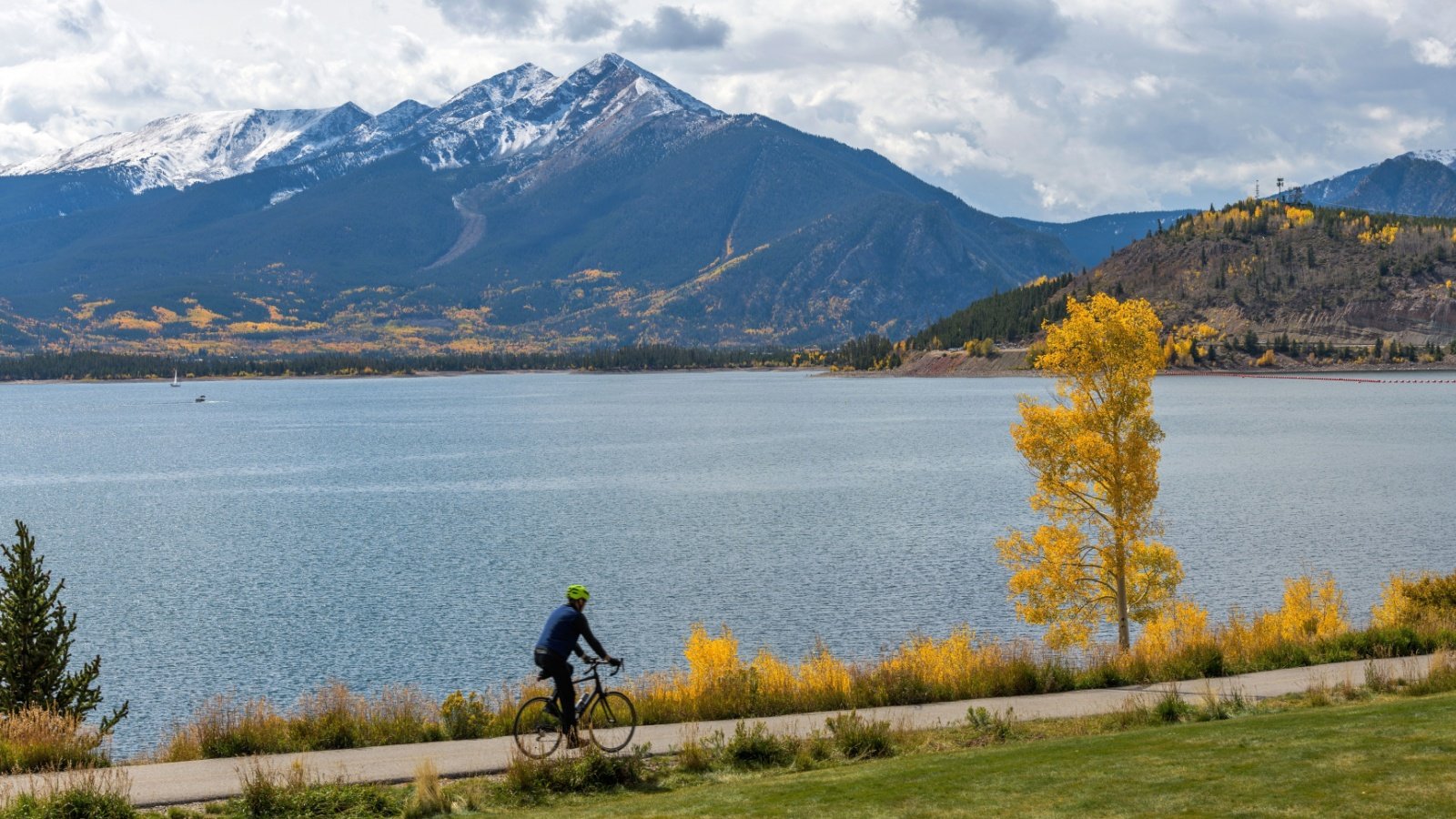
Housing the largest remaining stockpile of chemical weapons in the U.S., this site is heavily guarded and isolated. The depot’s security measures are some of the most stringent, ensuring they remain impregnable. Its remote location and fortifications potentially make it a safe area during widespread disturbances.
Cumberland Island, Georgia
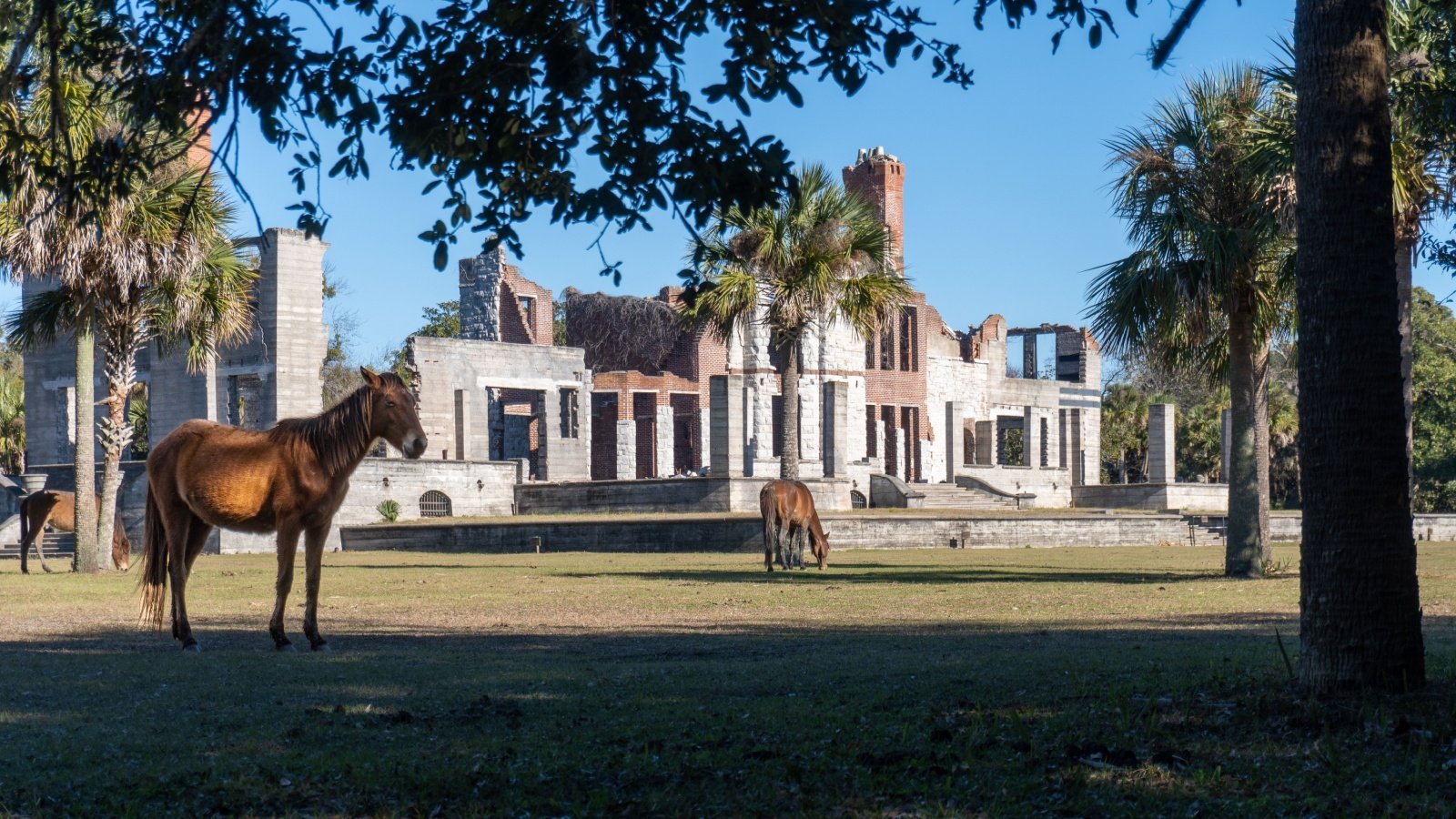
Accessible only by ferry, Cumberland Island offers seclusion with its unspoiled beaches and wild horses. The island’s limited access points make it easier to manage in times of crisis. Its natural beauty and isolation provide a peaceful retreat from the chaos of a national emergency.



